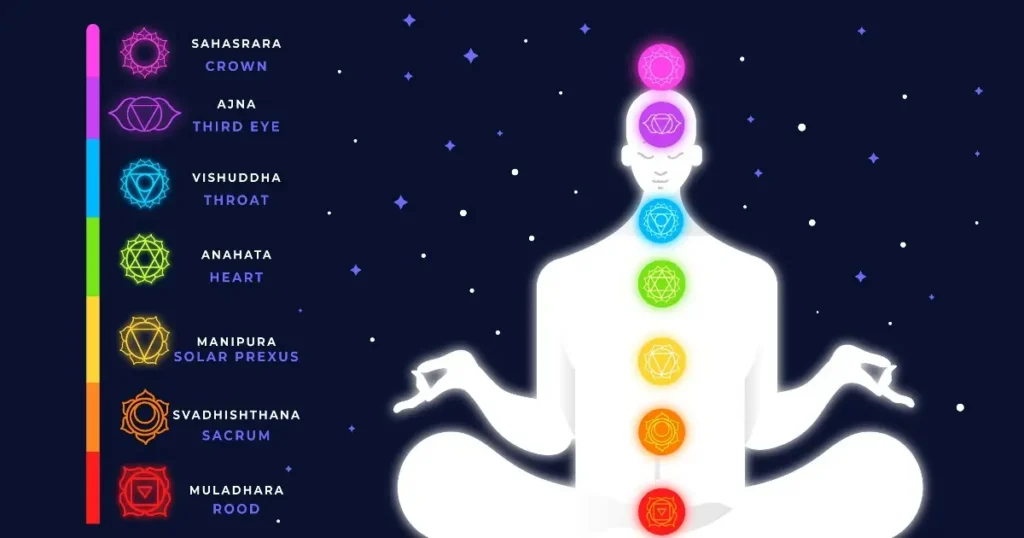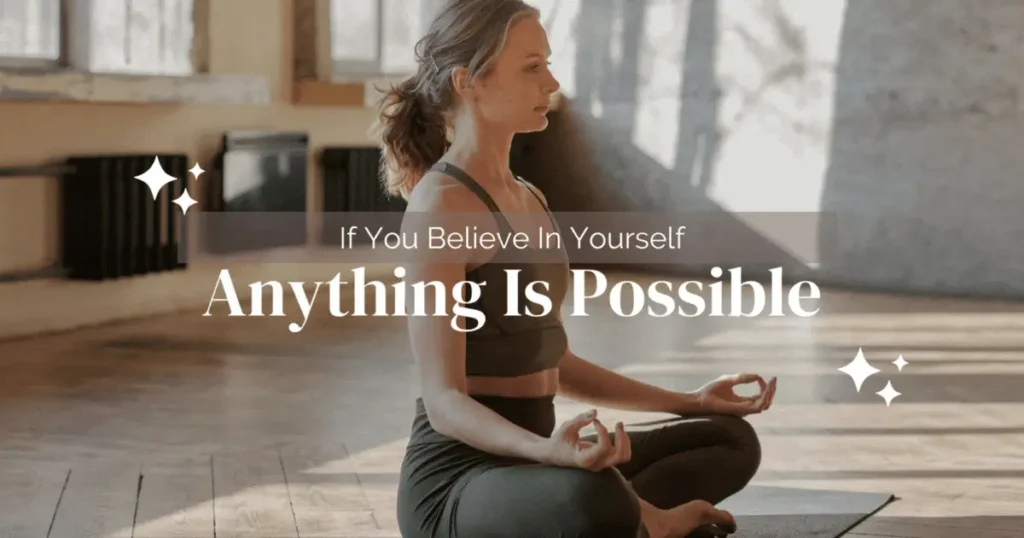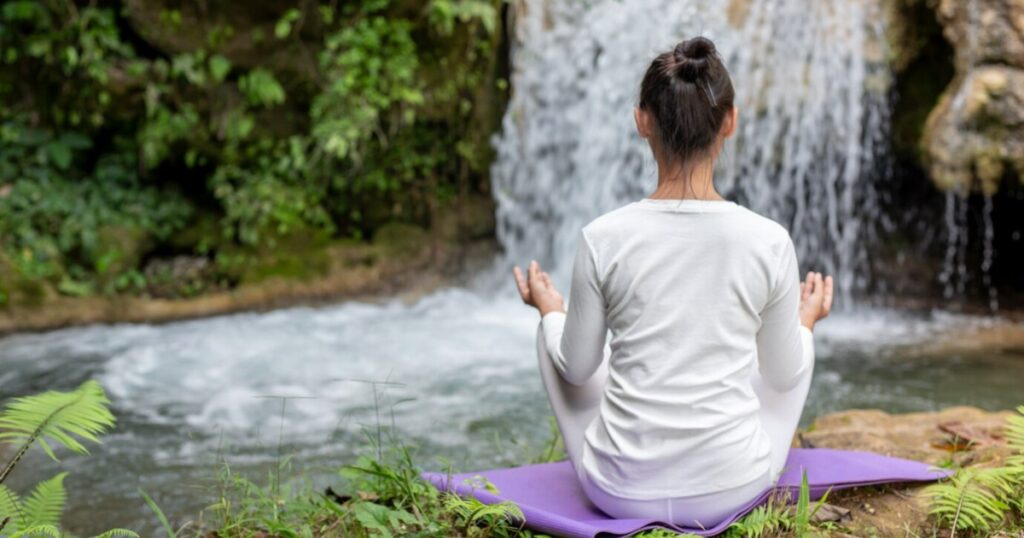Gratitude Meditation: Your Roadmap to a Happier You
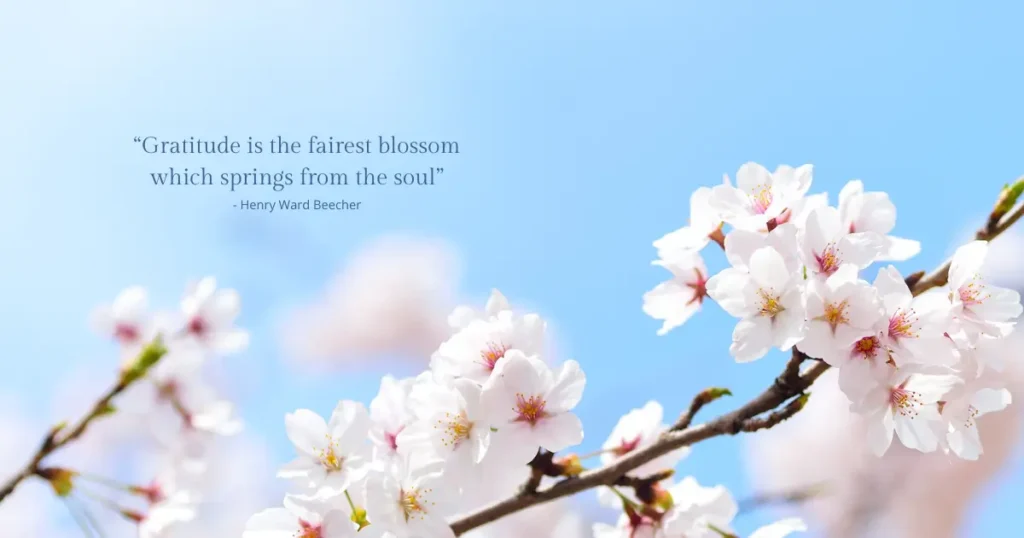
Welcome to the journey of gratitude meditation, a practice that can profoundly impact your happiness and well-being. In this exploration, we’ll explore the transformative power of gratitude meditation and how it can guide you towards a brighter, more fulfilling life.
Gratitude meditation offers a simple yet powerful approach to cultivating appreciation and contentment in your daily life. By embracing gratitude, you can access a pathway to greater joy, inner peace, and fulfillment.
What Is Gratitude Meditation?
Gratitude meditation is a mindfulness practice where you focus on feeling grateful for the things in your life. It involves closing your eyes, taking deep breaths, and reflecting on what you’re thankful for, like relationships, experiences, or even small pleasures. This practice helps cultivate a positive mindset, reduces stress, and boosts overall happiness.
Understanding Gratitude Meditation

Gratitude meditation operates as a potent tool for fostering a sense of well-being. It revolves around directing our attention towards the positive aspects of life and expressing gratitude for them. This straightforward practice has been shown to enhance our happiness and resilience, even during challenging times. Backed by both ancient wisdom and scientific research, its efficacy is undeniable.
Engaging in gratitude meditation essentially trains our minds to focus on the positives rather than dwelling on the negatives. By consciously acknowledging and appreciating the blessings in our lives, we cultivate a mindset of abundance and positivity. This shift in perspective holds the power to significantly improve our overall emotional state.
Moreover, the benefits of gratitude meditation extend beyond the individual level, positively impacting our relationships and communities. As we develop a greater sense of gratitude, we naturally become more attuned to the kindness and support of others. This, in turn, strengthens our connections and fosters a sense of mutual appreciation and understanding.
In essence, gratitude meditation serves as a valuable tool for cultivating resilience, fostering positivity, and deepening our relationships. By incorporating this practice into our daily lives, we can experience profound shifts in our well-being and outlook on life.
Practical Steps to Cultivate a Thankful Heart

Gratitude is a powerful force that can transform our perspective, enhance our well-being, and enrich our connections with others. By consciously incorporating gratitude into our daily lives, we open ourselves up to a world of positive change and deeper happiness.
The following practices are designed to help you tap into the profound benefits of gratitude, making it a cornerstone of your daily routine:
- Maintain a Gratitude Journal: One of the most effective ways to tap into gratitude is by keeping a daily journal where you list things you’re thankful for each day. This could range from significant events to the simplest pleasures. The act of writing them down helps reinforce positive feelings.
- Practice Mindfulness: Mindfulness encourages you to live in the present moment, which can significantly enhance your capacity for gratitude. By being fully present, you’re more likely to notice and appreciate the small joys and blessings that occur throughout your day.
- Set Reminders: In our busy lives, it’s easy to forget to pause and reflect on what we’re grateful for. Setting daily reminders on your phone or placing sticky notes in places you frequently look can prompt you to take a moment to reflect on something positive.
- Express Gratitude to Others: Make it a habit to express your appreciation to people around you. Whether it’s thanking a coworker for their help or telling a loved one how much you value them, verbalizing your gratitude strengthens your relationships and amplifies positive emotions.
- Gratitude Meditation and Reflection: Dedicate time for gratitude meditation or reflection, focusing on what you’re thankful for. This can be done through silent meditation, guided visualization, or even prayer, depending on your preference.
- Look for the Good in Challenges: Try to find something positive in difficult situations or lessons learned from hardships. This perspective shift can transform challenges into opportunities for growth and deepen your sense of gratitude.
- Volunteer and Give Back: Engaging in acts of kindness and giving back to your community can foster gratitude. Helping others can make you more aware of your own blessings and instill a greater appreciation for what you have.
- Surround Yourself with Positivity: Spend time with people who exhibit a grateful outlook on life. Positivity tends to be contagious, and being around grateful individuals can inspire you to adopt a similar attitude.
- Reflect Before Bed: Spend a few minutes each night before you go to sleep thinking about what you were grateful for during the day. This practice can end your day on a positive note and improve your overall mood and outlook.
Incorporating these practices into your life can significantly shift your focus towards the abundance of positivity that surrounds you, fostering a more grateful and fulfilling existence. Remember, the journey towards a deeper appreciation of life begins with small, consistent steps.
By making gratitude a daily habit, you’ll not only improve your own life but also positively impact those around you. Let gratitude be the lens through which you view the world, and watch as it transforms your perspective, relationships, and overall happiness.
How To Practice Gratitude Meditation
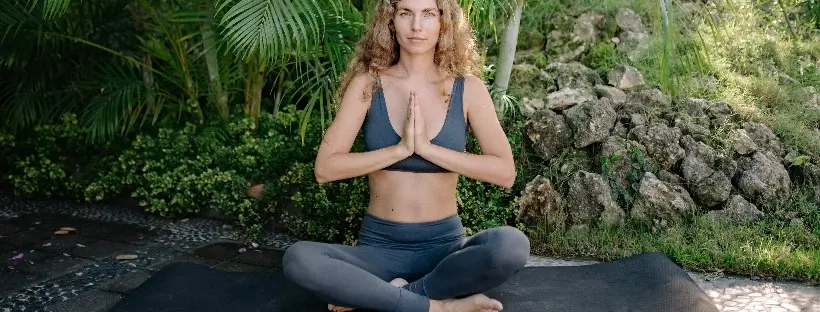
Gratitude meditation is a powerful practice that enhances mindfulness and well-being by focusing on the present moment and acknowledging the things we are grateful for. To help you incorporate this transformative practice into your daily routine, follow these structured steps:
| Step | Instructions |
|---|---|
| 1. Prepare Your Space | Select a quiet, comfortable area free from interruptions to create a conducive environment for meditation. |
| 2. Begin with Breathing | Start with deep, mindful breathing, focusing on the air flowing in and out to center yourself in the present. |
| 3. Close Your Eyes | Close your eyes to reduce distractions |
| 4. Identify Gratitude Points | Think about what you are currently grateful for, from simple pleasures to significant achievements, and immerse yourself in these feelings of gratitude. |
| 5. Deepen Your Appreciation | Reflect on why these things matter to you and how they positively impact your life, deepening your sense of gratitude. |
| 6. Express Gratitude Internally | Silently express thanks for the blessings in your life, reinforcing the positive emotions of your meditation. |
| 7. Conclude with Positive Intention | Finish by setting an intention to extend the gratitude felt into your daily life, enhancing your well-being and interactions. |
| Recommended Duration | Begin with 5 to 10 minutes for newcomers, gradually increasing to 15-20 minutes or more as you become comfortable, ensuring daily practice for lasting benefits. |
Integrating gratitude meditation into your daily life not only enhances your immediate sense of well-being but also fosters a deeper connection to the world around you.
As you practice these steps regularly, you may find a profound shift in your perspective, leading to increased happiness and resilience. Remember, the journey of gratitude is continuous and evolving, enriching your life in countless ways.
The Science of Gratitude

Gratitude stands as a cornerstone of emotional well-being, grounded in extensive scientific research. The act of focusing on what we are thankful for, especially through gratitude meditation, has been shown to have profound effects on both our mental and physical health.
By directing our attention to the positives in our lives, we naturally shift away from negative thought patterns, which can significantly enhance our overall happiness and reduce stress. This practice of gratitude not only activates the parasympathetic nervous system, responsible for relaxation and recovery, but also significantly lowers cortisol levels, the body’s primary stress hormone.
The benefits of gratitude extend into physical health as well. Individuals who regularly engage in gratitude meditation report improved sleep quality, finding it easier to fall asleep and enjoying more restorative sleep. Additionally, a grateful mindset has been linked to better immune function, suggesting that gratitude practices can make us more resilient to illness and contribute to our overall physical well-being.
This blend of mental calm and physical resilience underscores the transformative power of gratitude. By incorporating gratitude meditation into our daily routines, we open ourselves up to a more joyful, healthier life. The practice is straightforward yet powerful, offering a pathway to a more fulfilled and balanced existence.
Final Thoughts

Gratitude meditation is a scientifically-backed approach to enhancing both mental and physical well-being. Its simplicity and accessibility make it a powerful tool for anyone seeking greater happiness and resilience in their lives.
By embracing gratitude as a way of life, we open ourselves up to a world of positivity and fulfillment. Let us carry the practice of gratitude meditation with us each day, enriching our lives and the lives of those around us.










